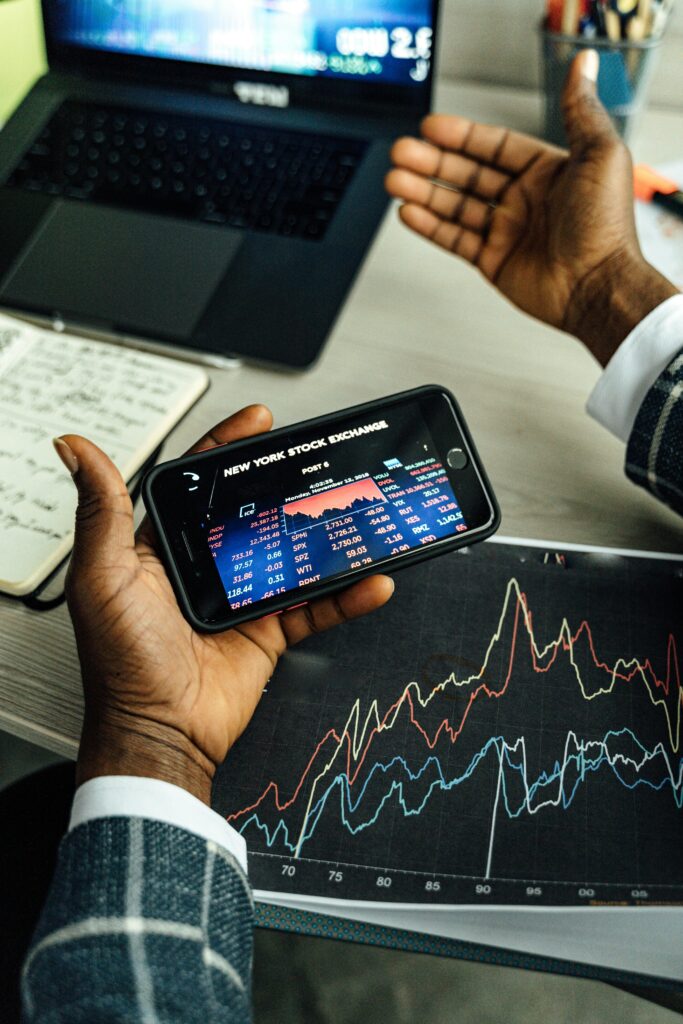To enhance your trading success, it’s essential to familiarize yourself with the right tools and indicators. These tools help traders make informed decisions and manage risk more effectively.
- Moving Averages: These smooth out price data to identify trends over a specified period. Common types are the Simple Moving Average (SMA) and Exponential Moving Average (EMA).
- Relative Strength Index (RSI): The RSI measures the speed and change of price movements to identify overbought or oversold conditions in the market.
- Bollinger Bands: These bands measure market volatility and are used to identify overbought or oversold levels. When the price moves outside the bands, it signals a potential reversal.
- MACD (Moving Average Convergence Divergence): This indicator helps identify changes in momentum and trend direction. The MACD is particularly useful for spotting potential buy or sell signals.
- Volume: Volume analysis is critical as it indicates the strength of a price movement. A high volume generally signals a stronger price movement, while low volume can suggest uncertainty.
Risk Management: Protecting Your Capital
Risk management is perhaps the most important aspect of trading. Without a sound risk management strategy, even the best trading strategies can fail. Here are some essential risk management techniques:
- Stop-Loss Orders: A stop-loss order automatically sells an asset when its price reaches a certain point, helping to limit your losses.
- Position Sizing: Position sizing involves determining how much of your capital to allocate to a particular trade. Avoid risking a significant portion of your account on one trade.
- Risk-to-Reward Ratio: This ratio compares the potential risk of a trade to the potential reward. A good rule of thumb is to aim for a risk-to-reward ratio of at least 1:2, meaning your potential reward should be twice as large as the potential loss.
- Diversification: Spreading your investments across different assets can help reduce risk and increase the likelihood of steady returns.

